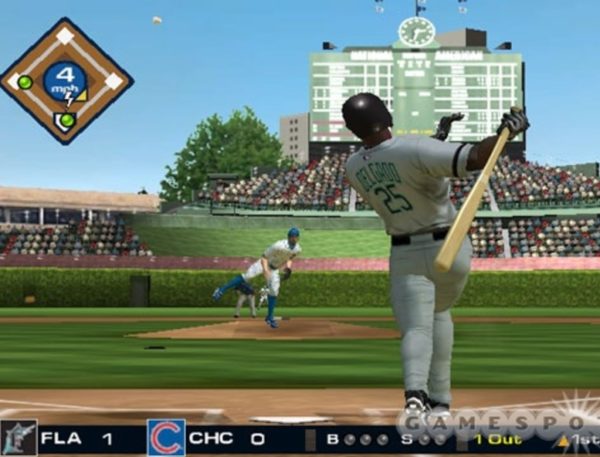Visits: 42
An accurate analysis of baseball is complicated by the reality that so many factors are at play and that many players can influence the game. For example, we can’t quantify a player’s contribution to the offense since scoring runs are a collective effort. The analysis is also restricted by sample size, which makes the decisions regarding the theft of third base extremely uncertain. It is possible to bypass these obstacles by using an online simulation like Pennant Chase GM game that allows me to examine the effects of one variable, keep the other variables the same and swiftly run across millions of innings. The simulation allows me to identify and assess a hitter by simulating an offensive composed by the player and then calculating the team’s runs per nine innings. For instance, it could simulate an offense comprised of nine Mike Trouts and figure out how many runs in a 9-inning game it could accomplish or simulate an offense comprised of all players who hit home runs, for 15% of them are out the remainder all the time. If tested against real MLB teams, the simulation can accurately estimate their average runs per 9 innings and yields 4.5434 runs per nine innings, which was the average for 2016. MLB average, only 1 percent more than the actual average. This simulation will help improve our understanding of the role of a player as a hitter, the relative worth of walks, the different kinds of hits, the “hot hand” fallacy, and baserunning decision-making.
To help the program understand the batting process, it only simulates the portion of the game when the team is playing offense. Then it models all baserunners to appear as those who are the MLB standard baserunner. The program operates by randomly assigning each plate appearance, calculating the chance of each outcome dependent on the input of statistics. For instance, if the user had input five doubles out of 100 plate appearances, the simulated hitter has a 5% probability of hitting doubles every time they bat. Also, it includes the probability of double plays, errors, and sacrifice flies based on the average league score. The program stores information about the number of runs in the innings, the number of runs, and the condition of every base. To make the simulation a reliable evaluation that isn’t affected by randomness, it simulates 9 million innings. It gives the total number of runs in each 9-inning period.
The simulation generates a unifying statistic of a player’s value as a hitter. This is known as Simulated Runs Per Game (SRPG). This is the number of runs scored over nine innings of the team comprised of that player. This is an accurate measure of a hitter’s performance since it separates the hitter from other influences, converts every part of hitting into runs, and results in winnings. It can be used to rank and compare MLB the value of hitters or players who are hypothetical, like one who is only walked half of the time and gets walked the rest of the time and a player who hits home runs 15 percent often (walks player can win by 3.8 runs). A majority of the batting statistics don’t manage to accurately assess the importance of walks and various types of hits. On-base percentage and batting average do not consider a home run to be worth more than a single one while slugging percentage values the home run at four times more than one, and on-base plus slugging adds all the data together. Using this method, we can calculate the significance of walks and every kind of strike related to the number of runs added.




You must be logged in to post a comment Login